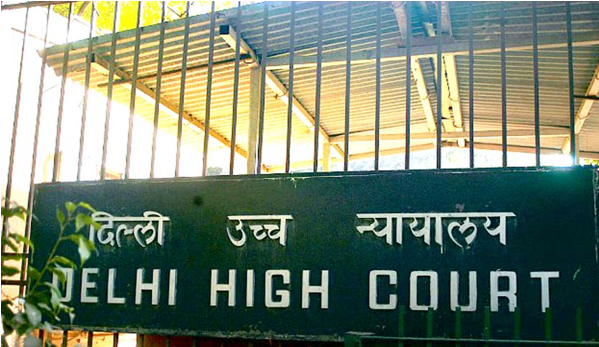Setting up Confidentiality Club: One-Tier or Two-Tier?
In an important case of Interdigital vs. Xiaomi, the Delhi High Court dealt with the idea of constituting two-tier confidentiality clubs as contended by the plaintiff and suggested the single-tier confidentiality clubs instead of two-tier.
Brief
The case starts when the plaintiff sued Xiaomi for infringing the patent of the plaintiff. This case constitutes the application of SEP terms, where the SEP was held by Interdigital. Interdigital claimed that Xiaomi has been using the technology in SEP without any such appropriate licensing. Therefore, interdigital seeks a permanent injunction against Xiaomi from manufacturing, selling, assembling, distributing, advertising, exporting, importing, or using, in their devices, technology which infringes the SEPs. The court directed the defendant to take the license from the plaintiff in the Fair, reasonable, and nondiscriminatory (FRAND) to be decided by the court.
[Image Source: Livelaw]
Analysis
The plaintiff took recourse of Chapter VII Rule 17 of the Delhi High Court (Original Side) Rule, 2018 which speaks about the confidentiality clubs. It says that when parties to a commercial suit wish to rely on documents/information that is commercially or otherwise confidential in nature, the Court may constitute a Confidentiality Club so as to allow limited access to such documents/information. In doing so, the Court may set up a structure/protocol, for the establishment and functioning of such Club, as it may deem appropriate. An illustrative structure/protocol of the Confidentiality Club is provided in Annexure F. The Court may appropriately mold the structure/protocol of the Club, based upon the facts and circumstances of each case.
The plaintiff suggested setting up a two-tier confidentiality club comprising of the outer and inner tier. There were two types of documents being suggested which were confidential documents and Legal Eyes only confidential documents. The former will be available for access to the outer tier and the latter will be only available to the inner tier. The court was not satisfied with such reasoning and held against setting up any such two-tier club and of not imposing any such confidentiality obligation for Xiaomi. Court denied the prayer for keeping certain documents, and information, inaccessible to Xiaomi and its personnel, and allow access, thereto, only to the advocates and experts nominated by Xiaomi.
The court even quoted the decision rendered in M. Sivasamy v. Vestergaard Frandsen A/S, 2009 (113) DRJ 820 (DB), wherein the following was the Court’s observation:
“…with respect to the litigation in India, the Courts in this country would be guided by the provisions of the Laws as applicable in this country and the pleadings in the suit in this court and not by any orders or decisions of the foreign court, unless, the decision of the foreign Court becomes final and so that it can operate as res judicata between the parties and operate in the parameters of Section 13 and Section 44-A of the Code of Civil Procedure, 1908.
No useful purpose will be served in making reference to various orders of the Courts in the different countries as one does not know what are the ingredients/requirements of causes of action of the different laws of those countries and what were the pleadings of the cases in the foreign courts. (SCC Online).
The focus of SEP was primarily based upon the principle that the SEP has to be licensed on the terms being decided. This licensing agreement forms the basis of the infringement suits being filed. Seeking injunction merely on making case for infringement is not acceptable unless a case has been made out of licensing agreement. The contention of the plaintiff to keep the licensing agreement in the inner tier was not acceptable, keeping it away from the officers and employees of the defendant.
Relying on Rule 17, the plaintiff asserted that the membership of the confidentiality club is limited to three advocates and two-panel experts through which the parties and officially may be excluded from the confidential club, putting more reliance on two-tier. The court relied upon the fact that if Xiaomi agreed with the concept of inner tier document and would remain away from the officials and employees, to which the defendant was not agreeable to such arrangement.
Finally, the bench held to set up a single-tier confidentiality club rather than a two-tier club where each party can nominate four advocates, six representatives, and two experts and those members can inspect the confidential information. The court also provided few directions for the constitution and the functioning of the confidentiality club.
Author: Saransh Chaturvedi (an advocate) currently pursuing LLM from Rajiv Gandhi School of Intellectual Property Law (IIT Kharagpur). In case of any queries please contact/write back to us at support@ipandlegalfilings.com.




